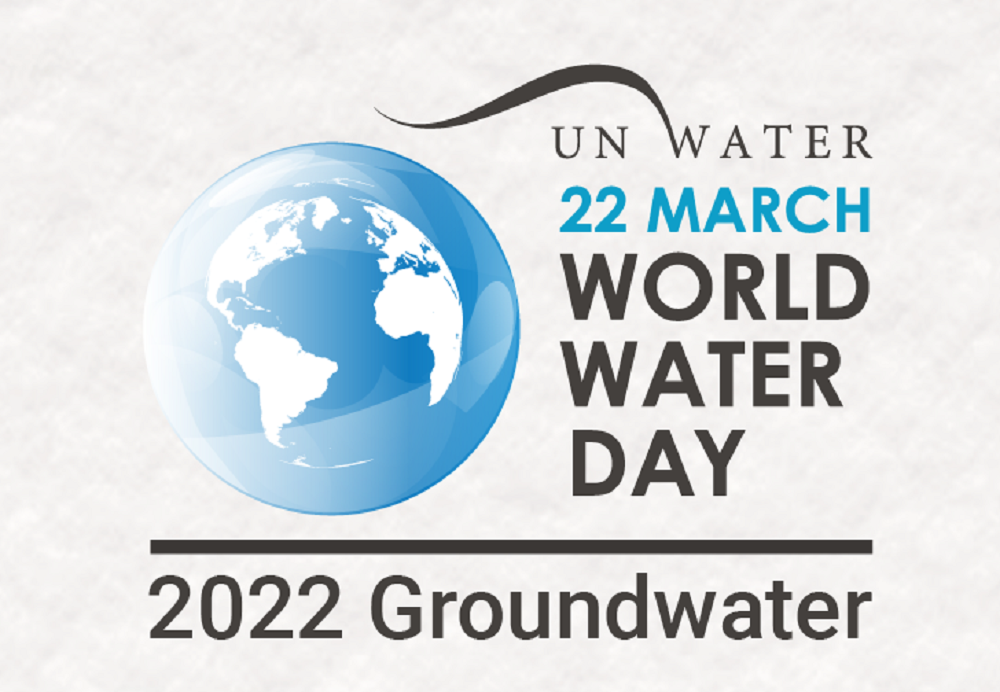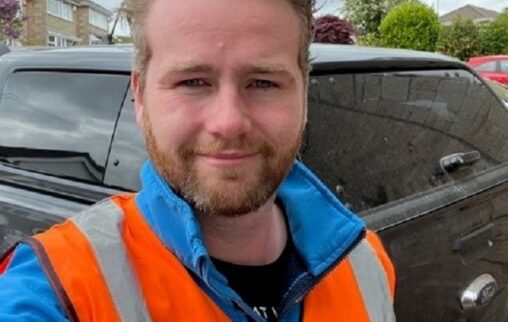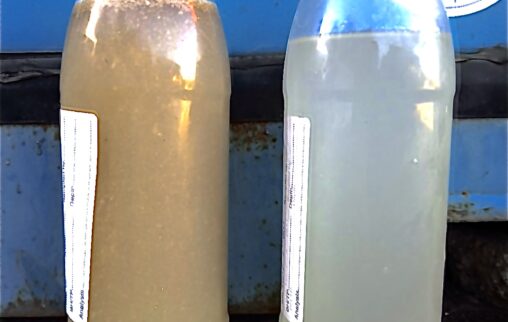Kolina is proud to support World Water Day 2022 as it continues to celebrate water and raise awareness of the billions of people living without access to such a crucial resource. This year’s theme is Groundwater, improving understanding of its importance plus finding a sustainable answer to preventing pollution of this scarce resource.
Kolina values water as an asset and is committed to reducing the impact of water pollution on the environment, extending the lifetime of water, and giving it a second chance. Just because it’s below ground it shouldn’t be ‘out of sight, out of mind’.
Groundwater is found underground in the cracks and spaces in soil, sand and rock. It’s also stored in a water-bearing permeable rock called aquifers. It can rise to the surface through naturally occurring springs, or be extracted through boreholes/wells. Groundwater may also naturally flow into rivers and support wetlands, forming part of local ecosystems. (i)

More than two thirds of the earth’s surface is covered with water, but 97% is saltwater in the oceans and 2% is frozen and locked in the polar ice caps. The other 1% is freshwater found in rivers, lakes or contained in groundwater and it’s this 1% that we depend on for ALL our water needs. (ii)
Let’s not end up like the Ancient Mariner with Water, Water Everywhere, nor any drop to drink! (v)
Causes of Pollution

Landfills are supposed to have a protective bottom layer to prevent contaminants from getting into the water system. However, if there isn’t a layer or it’s cracked, contaminants from the landfill (car battery acid, paint, household cleaners, etc.), known as landfill leachate, can make their way down into the groundwater. Common contaminants are Chlorides, heavy metals and Ammonia.
The wastewater from open pit mining used to retrieve and process a variety of ores often contains acid-generating sulphides, heavy metals and other contaminants. These toxins are also prevalent in the UK’s abandoned mine systems as storm water comes into contact with unmined material. If not treated these pollutants will seep into groundwater springs, or even through the bed of a river. (iii)
As groundwater is part of the water cycle, contaminants in surface water, can even be transferred into our groundwater supplies. Human activity such as discharge from sewage treatment works and losses from agricultural activity have seen an increase in phosphate levels leading to excess algae/plant growth (Eutrophication) in waterways and nitrate concentrations in groundwater. These high concentrations can affect drinking water obtained from groundwater and also damage to other sensitive habitats like Groundwater Dependent Ecosystems. (iv)

The Solution to Pollution
It’s vital we prevent pollution to all water sources.
Independently verified results have shown that Kolina’s innovative Electrocoagulation wastewater treatment system can effectively treat a wide variety of hazardous substances; phosphorus, nitrates, metals, salts, oil, pesticides, herbicides, and landfill leachate which all affect groundwater. Kolina helps reduce pollution. It protects groundwater using environmentally-considerate, chemical free technology to ensure the water cycle is protected and prevent point source and diffused pollution.

- i. gov.uk/government/publications/protect-groundwater-and-prevent-groundwater-pollution/protect-groundwater-and-prevent-groundwater-pollution
- ii. worldwildlife.org/industries/freshwater-systems
- iii. publishing.service.gov.uk/government/uploads/system/uploads/attachment_data/file/ 291482/LIT_8879_df7d5c.pdf
- iv. environment-agency.gov.uk/++preview++/environment-and-business/challenges-and-choices/user_uploads/nitrates-pressure-rbmp-2021.pdf
- v. poetryfoundation.org/poems/43997/the-rime-of-the-ancient-mariner-text-of-1834




